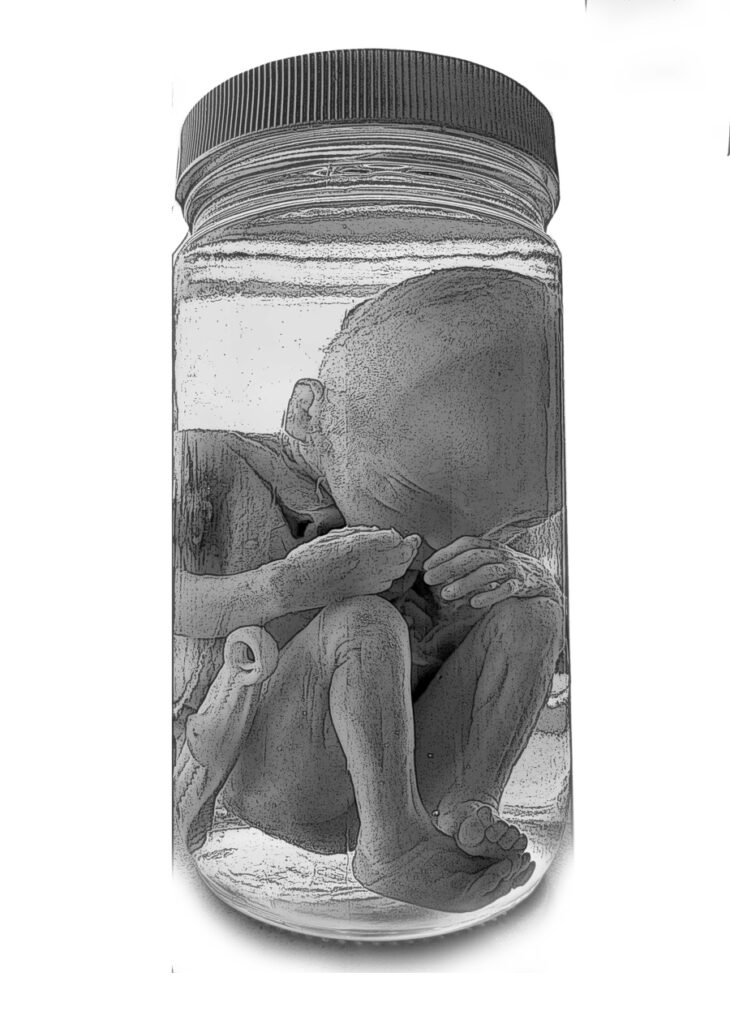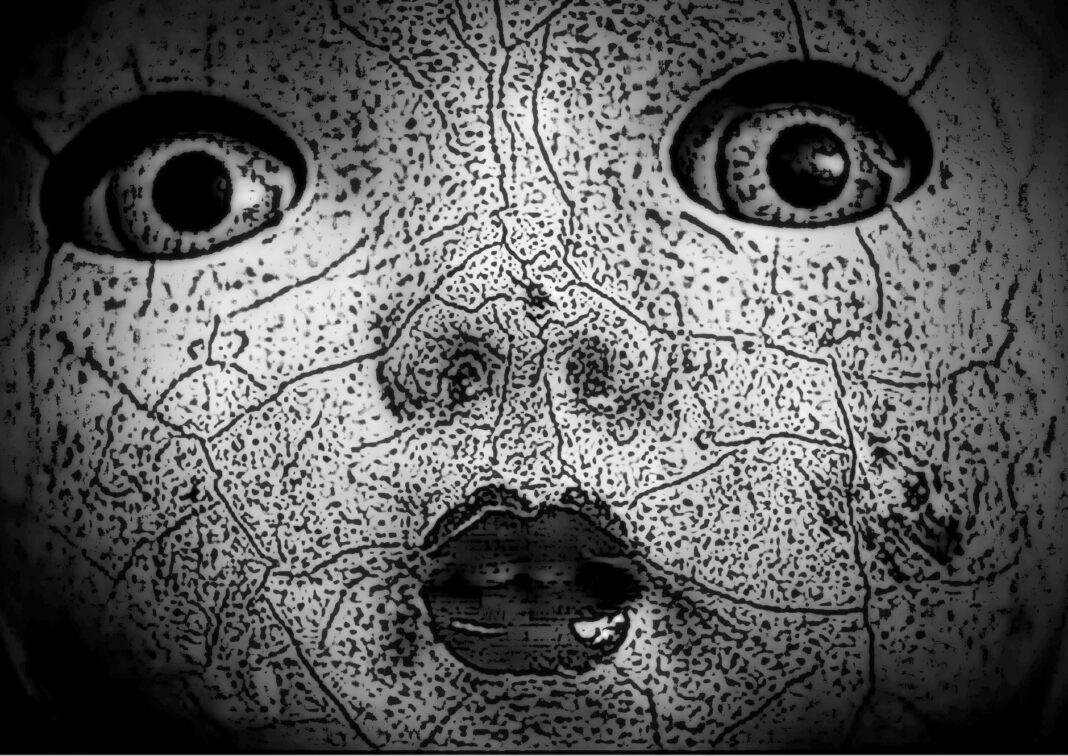Dr. Marta was seated on a stool in the Recovery Room writing her notes on a patient just transferred from the Delivery Room. Suddenly, she heard a sound coming from the unlit Labor Room-A just across the hall. The air was silent, empty, and cold. It was a little past midnight, and she could feel her bones and joints complaining. It had been a long day. The security guards of the hospital told her the front streets of the hospital were already knee-deep in flood waters after a day of strong rain, and even as she stood up, she saw the tall mango tree silhouetted against the next building after lightning struck, followed by a thunder clap. It seemed she had to stay in the hospital till morning. All the nurses were in their lounges, those in the graveyard shift settling down to finish their tasks.
The noise came again, this time distinguishable as a mewling, sharp as a newborn’s cry. It became louder, and insistent. Dr. Marta looked and found that the door to the Labor Room-A was ajar, and very cold air was coming out of the room. Did the nurses forget to switch off the air conditioner? She got up and went over to investigate, but suddenly the door gave out a large creaking sound like a wall being pulled asunder. She stopped in her tracks, and peered through the darkness, and suddenly felt something cold creeping up her neck and upper arms. Two pairs of pinpoint lights were staring at her from the gloom, and the mewling started to become louder. What is it? What is it? Her mind tried to put order in the chaos, but her body trembled.

Two weeks ago, she had a 16-year-old patient who took abortifacients for an unwanted pregnancy. The pregnancy was quite advanced at four months, and the patient came in with severe bleeding. When the little baby boy came out, it was alive and beautiful, complete, holding on to the cord as if its life depended on it. A few minutes later, it died. The young mother did not want to have anything to do with the baby, and it was given to a nurse to dispose of after being baptized. When the nurse came back with a small cardboard box for the baby, the fetus was nowhere to be found. As the attending physician, Dr. Marta insisted that they look for it to give it a decent burial. The nurse was so distraught about the lost baby that she started to have nightmares, lost her appetite, and had to take a sick leave.
Since then, there were stories about strange happenings in Labor Room-A. Instruments got lost, and were found somewhere else. A nurse slipped on the floor of the same labor room and broke her pelvis. She was carrying a tray of very hot, just-autoclaved instruments and was treated for second degree burns. Strangest of all was a mother in labor who suddenly shrieked with terror and insisted she saw a little baby hanging from the ceiling by his own tight umbilical cord around his neck.
All these stories swirled around Dr. Marta’s mind as she paused at the door of the labor room. The noises became so loud she had to cover her ears. Amid the din, she could distinguish a baby’s laughter. Or was it a baby’s cry? A cold sensation reached her face, as if someone with icy fingers were reaching out to caress it. The temperature dropped to freezing. From the inky darkness of the room, she could hear the patter of little feet running towards her. A pair of red eyes appeared, then a small mouth with bloody fangs. Then, nothing.
The silence was deafening. Suddenly, all the lights went out.



